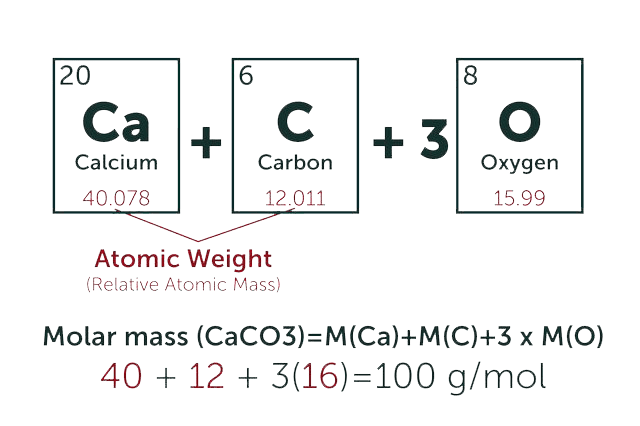Filipin complex
* Please be kindly noted products are not for therapeutic use. We do not sell to patients.

| Category | Antibiotics |
| Catalog number | BBF-01712 |
| CAS | 11078-21-0 |
| Molecular Weight | 654.8 |
| Molecular Formula | C35H58O11 (for Flipin III) |
| Purity | >95% by HPLC |
Online Inquiry
Description
Filipin are a mixture of polyene macrolide antibiotics produced by Streptomyces filipinensis and Str. durhamensis. Four components I-IV are separated.
Specification
| Storage | -20°C |
| Source | Streptomyces sp. |
Properties
| Appearance | Yellow Needle Crystal |
| Antibiotic Activity Spectrum | fungi; mycoplasma |
| Boiling Point | 913.9°C at 760 mmHg |
| Melting Point | 195-205°C(dec.) |
| Density | 1.161 g/cm3 |
| Solubility | Soluble in ethanol, methanol, DMF or DMSO. |
Reference Reading
1. Filipin-sterol complexes in disrupted myelin in the rat
C E Blanchard, G Allt Acta Anat (Basel) . 1988;131(3):210-4. doi: 10.1159/000146515.
Using filipin as a cytochemical probe for cholesterol we have compared the distribution of filipin labelling in mildly disrupted myelin and normal myelin. The myelin lamellae in rat sciatic nerve were separated either by hypotonic saline (0.035-0.07 M) or nerve section (24-32 h) before aldehyde fixation and filipin treatment. Myelin separation was assessed in ultrathin sections and filipin distribution in freeze-fracture replicas. In separated myelin lamellae filipin labelling was similar throughout the myelin sheath while in normal control myelin filipin occurred most in the outer (abaxonal), least in the inner (adaxonal) and intermediate in the middle lamellae. It is concluded that this heterogeneous filipin labelling in normal myelin is a result of diffusion gradients to filipin within the myelin sheath and that in vivo cholesterol is uniformly distributed throughout all the lamellae of the myelin sheath. The site of the diffusion barrier to filipin within normal myelin is considered.
2. Regio- and stereospecificity of filipin hydroxylation sites revealed by crystal structures of cytochrome P450 105P1 and 105D6 from Streptomyces avermitilis
Lian-Hua Xu, Haruo Ikeda, Takayoshi Wakagi, Hirofumi Shoun, Shinya Fushinobu, Satoshi Takamatsu J Biol Chem . 2010 May 28;285(22):16844-53. doi: 10.1074/jbc.M109.092460.
The polyene macrolide antibiotic filipin is widely used as a probe for cholesterol and a diagnostic tool for type C Niemann-Pick disease. Two position-specific P450 enzymes are involved in the post-polyketide modification of filipin during its biosynthesis, thereby providing molecular diversity to the "filipin complex." CYP105P1 and CYP105D6 from Streptomyces avermitilis, despite their high sequence similarities, catalyze filipin hydroxylation at different positions, C26 and C1', respectively. Here, we determined the crystal structure of the CYP105P1-filipin I complex. The distal pocket of CYP105P1 has the second largest size among P450 hydroxylases that act on macrolide substrates. Compared with previously determined substrate-free structures, the FG helices showed significant closing motion on substrate binding. The long BC loop region adopts a unique extended conformation without a B' helix. The binding site is essentially hydrophobic, but numerous water molecules are involved in recognizing the polyol side of the substrate. Therefore, the distal pocket of CYP105P1 provides a specific environment for the large filipin substrate to bind with its pro-S side of position C26 directed toward the heme iron. The ligand-free CYP105D6 structure was also determined. A small sub-pocket accommodating the long alkyl side chain of filipin I was observed in the CYP105P1 structure but was absent in the CYP105D6 structure, indicating that filipin cannot bind to CYP105D6 with a similar orientation due to steric hindrance. This observation can explain the strict regiospecificity of these enzymes.
3. Reorganization of membrane cholesterol during membrane fusion in myogenesis in vitro: a study using the filipin-cholesterol complex
Y Nozawa, T Sekiya, T Takenawa Cell Struct Funct . 1984 Jun;9(2):143-55. doi: 10.1247/csf.9.143.
Using filipin and freeze-fracture electron microscopy, we examined the distribution of membrane cholesterol during the fusion of myoblasts in vitro. The early stages of fusion were characterized by the depletion of cholesterol from the membrane apposition sites, at which the plasma membranes of two adjacent cells were in close contact. At first, filipin-cholesterol complexes were absent from the plasma membrane of one cell only and were distributed homogeneously on the membrane of the other cell. Eventually, both of the closely apposed membranes became almost completely free the filipin-cholesterol complexes. Membrane fusion took place at several points within the filipin-cholesterol complex-free areas. In later stages, the cytoplasms of the fusing cells became confluent by fenestration of the plasma membranes formed with the filipin-cholesterol complex-free regions. Our observations suggest that membrane cholesterol is reorganized at these fusion sites and that fusion initiated by the juxtaposition of the cholesterol-free areas of each plasma membrane of the adjacent cells.
Recommended Products
| BBF-05808 | Triptolide | Inquiry |
| BBF-03428 | Tubermycin B | Inquiry |
| BBF-03880 | Cyclopamine | Inquiry |
| BBF-03868 | Honokiol | Inquiry |
| BBF-05818 | Docosahexaenoic acid | Inquiry |
| BBF-03781 | Resveratrol | Inquiry |
Bio Calculators
* Our calculator is based on the following equation:
Concentration (start) x Volume (start) = Concentration (final) x Volume (final)
It is commonly abbreviated as: C1V1 = C2V2
* Total Molecular Weight:
g/mol
Tip: Chemical formula is case sensitive. C22H30N4O √ c22h30n40 ╳


